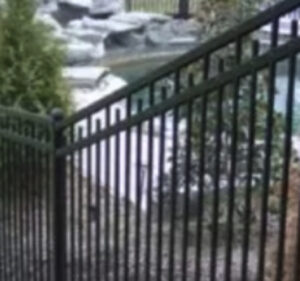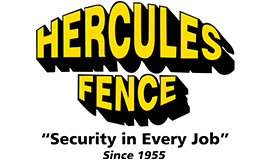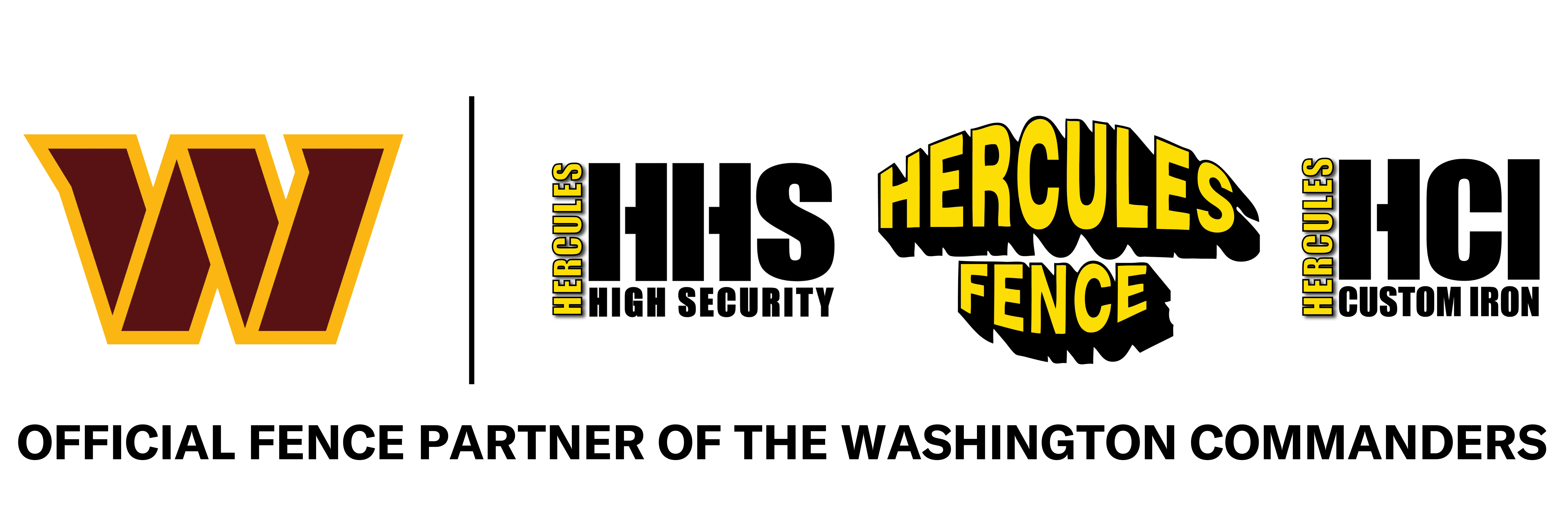
The term “fence leaning” may sound harmless, but it can lead to more significant problems if left unaddressed.
Your fence is more than just visual indication of some municipally-derived boundary—it’s a statement! …If you so choose it to be! -A message that can confidently signal both your personal aesthetic style and your home’s security. Alas, no matter how boldly stated, all fences potentially stand to face a common issue: leaning.
The term “fence leaning” may sound harmless, but it can lead to more significant problems if left unaddressed—and costly ones to boot. Understanding what causes fence leaning and how to tackle it from the get-go will help maintain the integrity of both your fence and your bank account.
With that in mind, read along below.
The Whispering Winds
Nature’s forces can play a significant role in fence leaning. A strong wind, especially when focused on a specific section of the fence, can exert immense pressure on the posts. This force concentrates on the posts, potentially causing them to break, bend, or topple over. Choosing stronger materials and installing longer or more secure posts can mitigate this issue. Materials like chain link or iron bars, which allow wind to pass through, can also be more resistant to wind-related leaning.
Roots Unleashed
Trees, often our beloved backyard companions, can be silent culprits in causing fence leaning. The expansive root systems of large trees can exert pressure on fence posts over time, gradually shifting them out of alignment. This slow, stealthy process can lead to noticeable sagging and tilting of the fence. To address this, you need to carefully dig up the earth around the affected posts, locate the intrusive roots, and trim them back. This not only stabilizes the fence but also ensures the tree’s health.
Water Woes
Excessive rain or flooding can soften the ground, causing it to lose its stability and making a fence more susceptible to leaning. That soggy soil just can’t provide the necessary anchorage to keep the fence posts upright. Solutions to combat this include the preventive (e.g., digging deeper holes during installation) and the proactive (e.g., securing longer posts as needed with concrete or composite reinforcement).
Animal Instincts
Furry or feathered neighbors can also tend to contribute their fair share to fence leaning. Larger animals leaning against the fence in tandem with “relatively” little critters burrowing in/compromising the soil around your posts can gradually lead to dread tilting. Choosing materials that can withstand any animal contact—or otherwise taking measures to ward the creatures off on way or another—can certainly help prevent this problem.
Tree Trouble
They look so peaceful in their verdancy, and all the while acting sneakily as culprits in that lawnscaping crime known as leaning.
Over time, branches or even entire trees may grow into a fence’s space, exerting harmful pressure that can cause structural issues for your entire fence. Be diligent about perimeter checks and strategic trimming to stop these slow-motion fence hazards in their tracks.
Installation Errors
Sometimes, the problem stems from the very beginning. Poorly-executed fence installations can introduce taxing, irregular tension into the structure as if it were a desired feature; as you can imagine, such fences are quite prone to leaning. Even the slightest miscalculation during post-hole digging can compromise the fence’s stability… before it’s even been placed!
-And of course, inexperienced installers are more likely to inadvertently create such issues. Relying on tried-and-true fencing professionals to assess and rectify any snags will guarantee that your fence can stand and deliver your personal statement to the neighborhood for years on end.
Let Hercules Fence Help Set Up The Perfect Fence For You
Hercules Fence takes pride in being experts in residential, commercial, and high-security fencing. We have been serving our clients since 1955, with only the most knowledgeable of staff. Our staff is ready to serve you from Maryland and the Washington Metropolitan area. Our branch offices are in Manassas, Richmond, Newport News, Norfolk, Virginia, and Maryland. Visit our website to see how we can be of service to you. Also, follow us on Facebook, YouTube, Twitter, and Linkedin to stay up to date with our latest news.









